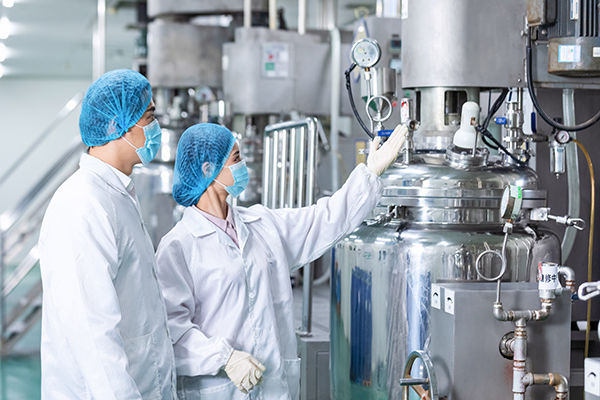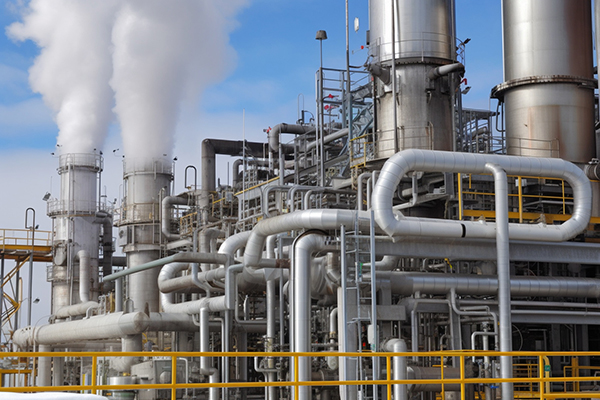The Tokyo Olympics opened as scheduled on July 23, 2021. With the COVID-19 delayed for one year, this Olympic Games is destined to be an extraordinary event and will be recorded in history. As chemical workers, we should not only focus on the performance of Chinese athletes, but also pay attention to our own expertise. Let's take a look at what new materials were used in this Olympic Games?
polyurethane
1. Polyurethane material weightlifting equipment
In 2019, the International Weightlifting Federation signed a contract with Zhangkong Barbell Manufacturing Co., Ltd. in Botou City, Hebei Province as the sole supplier of weightlifting equipment for the Tokyo Olympics, and Zhangkong Barbell won the "entry ticket" to the 2020 Tokyo Olympics.
According to the relevant person in charge, Zhangkong Barbell Company has eliminated the rubber material of barbell plates and selected polyurethane material that is tear resistant, has a long service life, and has a beautiful appearance. The improved barbell plate achieves a second bounce stationary state, with a maximum jump amplitude of only 10 centimeters. The technical parameters are 50% higher than the national standard, and the product qualification rate has increased from 60% to 95%. The axis curvature value of the competition barbell produced according to the "standard" is within 0.2 millimeters, the weight error of the barbell piece is controlled within 5 grams, and various technical parameter evaluations have reached the world's leading level.
2. Polyurethane runway
In 1963, 3M Company in the United States first broke through the technological barrier and laid the track and field track. Due to its effective use, the runway quickly gained attention from various countries. At the 19th Olympic Games held in Mexico in 1968, polyurethane plastic tracks were officially adopted. Afterwards, the International Olympic Committee officially designated plastic tracks as one of the essential conditions for international competitions. Plastic tracks are clean, beautiful, easy to maintain, and not affected by climate. Moreover, the elasticity of plastic can increase the rebound force of athletes when kicking the ground, ensuring the high lifting position of the knees and thus increasing the stride.
Polycarbonate (PC)
1. PC Sunshine Board
The main venue of the Tokyo Olympics is the New National Stadium. The sports arena integrates stands, roof, lounge, and main arena, and can accommodate at least 10000 people. After careful design, the sports arena consists of a broad view from above - the milky white panels of the roof and the all steel structure of the stands.
From a material perspective, the unique and feather like undulating roof, as well as the evenly spaced pillars around the gymnasium, are made of all steel structure, while the sunshade of the venue is made of sun panels.
The sunshade ceiling material is made of PC polycarbonate panels, with the aim of providing a sheltered venue for spectators in the stands.
New type of heat dissipation material
As a heatstroke prevention and cooling measure for the 2020 Tokyo Olympics and Paralympics, special road surfaces with cooling effects will be fully adopted on the highways involved in marathon and race walking events. Special road surfaces are coated with insulation materials that reflect infrared radiation on the road surface. Former marathon Olympians Toshihiko Seguchi and others conducted a test run on a national highway in Shibuya ku, Tokyo in August, and it was reported that the road surface temperature was 5-6 degrees lower than ordinary roads.
Recycled plastic
1. Award podium made of recycled plastic
The winners of the Tokyo Olympics and Paralympics will be placed on special podiums, as these podiums are made of 24.5 tons of discarded household plastic.
The Olympic Organizing Committee collected nearly 400000 laundry detergent bottles from large retailers and schools across Japan. These household plastics are recycled and made into fine threads, which are then 3D printed into 98 Olympic podium designs. It is said that this is the first time in the history of the Olympic and Paralympic Games that the public has participated in collecting waste plastic to make a podium.
2. Environmentally friendly beds and mattresses
The Tokyo Olympics focuses on environmental protection, and many facilities use environmentally friendly materials. The 26000 beds in the Olympic Village are all made of cardboard, and almost all bedding is made of recycled materials, pieced together like large "paper boxes", which is the first time in Olympic history.
In the athlete's bedroom, the bed frame made of cardboard can bear about 200 kilograms. The material of the mattress is polyethylene, divided into three parts: shoulders, waist, and legs. The hardness can be adjusted according to the body shape to tailor the best comfort for each athlete.
3. Recycled plastic torchbearer clothing
The white T-shirt and pants worn by Tokyo Olympic torchbearers during the relay of the Olympic flame are made from recycled plastic bottles collected by Coca Cola.
Tokyo Olympics Design Director Daisuke Obana stated that recycling plastic bottles of soft drinks to make uniforms for torchbearers is in line with the sustainable development goals advocated by the Olympics.
This uniform, which uses recycled plastic, is also uniquely designed. T-shirts, shorts, and pants all have a red diagonal band that extends from front to back. This diagonal belt is similar to the belt often worn by Japanese track and field relay athletes. This set of Tokyo Olympic torchbearer costumes not only embodies traditional Japanese sports elements, but also embodies the concept of sustainable development.
Polyether polyols
In Tokyo Olympic venues, polyether polyols (used to produce low-density to high-density foam as sealant) are used to fill the gaps between building materials, reduce the risk of deformation caused by concrete expansion under high temperature, and maintain the safety and stability of the venues.
an adhesive
In the Tokyo Olympic Stadium, the high durability acrylic lotion adhesive used for interior wall coating has excellent long-term durability and substrate adhesion. And elastomeric wall coatings can provide a solution for the exterior, with excellent resistance to dirt and a balance of mechanical properties. Ethylene glycol ether in water-based coating systems can meet the requirements of low volatile organic compounds (VOCs) while optimizing the stability and performance of the coating.






 Home
Home
 Product
Product
 News
News
 Contact
Contact